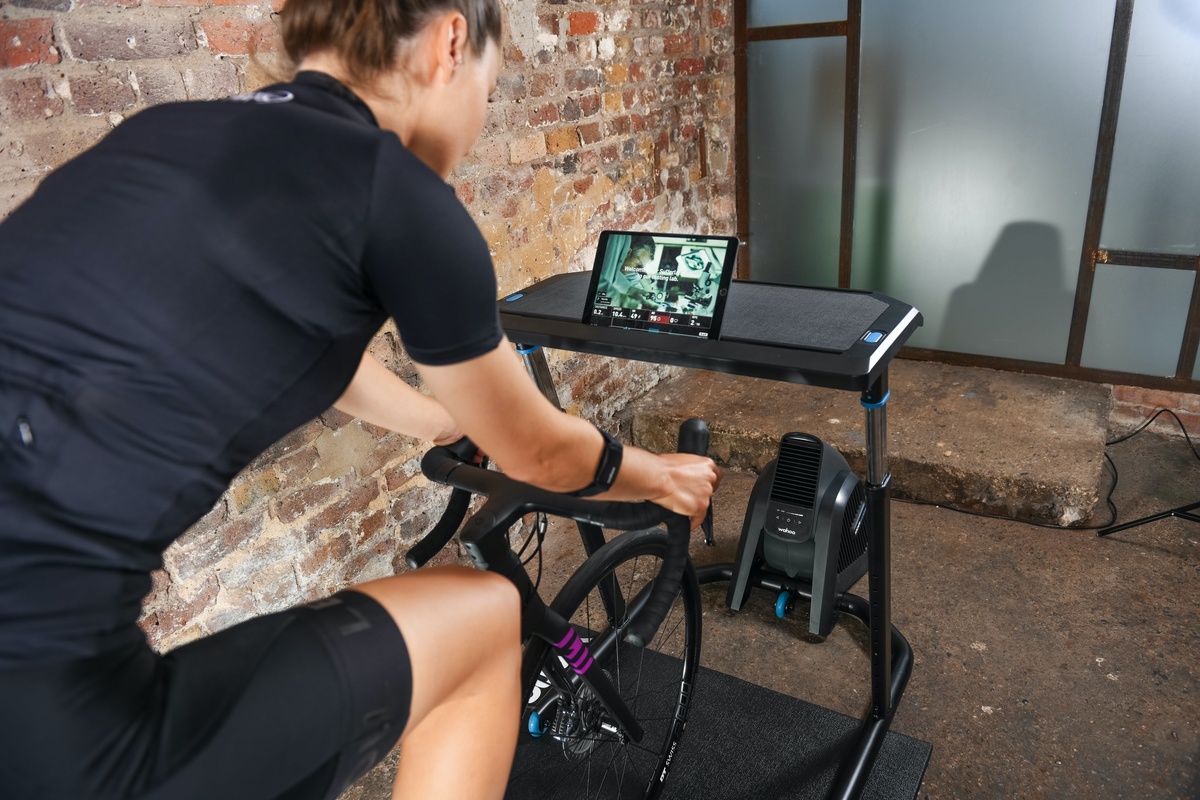Whether you are new to endurance sports or a seasoned veteran, almost all have heard of training based on heart rate. The next question you may find yourself wondering: is this training style for me?”
Heart rate training will be individualized and unique for everyone, just like your fingerprint, but it doesn’t need to be a mystery. Interested? Follow along for a condensed guide on how to use heart rate to guide your training.
What is Heart Rate Training?
Heart Rate training involves following heart rate zones during endurance activities in order to achieve your desired training stimulus. In order to track your heart rate, various devices can be used: arm straps, chest straps, or manually (though this is not suggested for most accurate results during workouts.) If you are looking for a new monitor, check out the Tickr line of products here.
First key point: your heart rate is unique to you just like a fingerprint. Gender, age, and heart size can all attribute to differences in heart rate.
Second key point: You cannot make age-based heart rate calculations (the old adage of 220-age for Max heart rate.) It is always best to have your heart rate lab tested and measured.
Why Should You Train With Heart Rate?
When training with heart rate remember to still keep track of your own personal RPE (rate of perceived exertion.) Different factors can influence your heart rate (sleep, hydration, temperature, caffeine, and stress to name a few.) Recognizing how these variables can affect your heart rate can help you to better understand if your heart rate is higher or lower during a session and whether this is a sign to press on or back off. Other ways to implement HR Training:
- Recovery Training: letting heart rate guide you to keep your easy days easy
- “Sweet Spot” Training: long steady efforts where the goal is to remain under FTP for the duration.
- Base Training: easy to track when reminding steady in your “Endurance Zones.”
Heart rate training is not the best choice for short high-intensity efforts. These efforts should be based on either RPE or Power. More than likely, your effort will be over before your heart rate even reaches its peak.
Another key takeaway is that heart rate is unique to each activity and testing protocol. For example, having your lactate threshold heart rate taken in a lab for cycling would not be able to translate to your running LTHR (lactate threshold heart rate). Why? Running utilizes more muscles for movement, which requires more oxygen and therefore would send signals to the heart to increase your heart rate. Therefore your LTRH for running will be higher than in cycling and in turn would change all of your heart rate zones.
Finding Your Heart Rate Zones
If you are interested in finding your resting heart rate begin by tracking your heart rate every morning or night. You can simply find your heartbeat either on your neck or wrist (thumb side), and count how many beats within 10 seconds. Take this number and multiply it by 6 to figure out how many beats in a 60 second time period. Looking for something a bit more accurate?
If you are looking to determine your LTHR, then check out the SYSTM Half Monty test. This is a test anyone can perform in the comforts of their own home without having to visit a lab. The test is a cycling test and will consist of a ramp test, where every minute the resistance will become harder (increasing the power based off of your estimated FTP) until failure. After the ramp test and a few minutes of recovery, the test will have you perform a heart rate constrained 20-minute steady effort.
Heart Rate Zones
Zone 1: Active Recovery
Intensity Level: <70% of LT (lactate threshold heart rate) or <55% of FTP (bike power)
Completing activities in zone 1 should feel very easy like you are barely trying. This is where most of your true recovery days should occur!
RPE: 0-2.5
Zone 2: Endurance
Intensity Level: <70-80% of LT or 55-75% of FTP
Activities in zone 2 should feel like your “all-day pace.”
RPE: 3-4.5
Zone 3: Tempo
Intensity Level: 87-95% of LT or 75-91% of FTP
Activities in zone 3 are at a pace that you could maintain for a few hours, but you wouldn’t want to be there all day.
RPE: 5-6
Zone 4a: Sub Lactate Threshold
Intensity Level: 95-100% of LT or 91-100% of FTP
Activities in Zone 4a are efforts you could sustain for 60-90 minutes at most
RPE: 6.5-7
Zone 4b: Supra Lactate Threshold
Intensity Level: 100-105% of LT or 100-110% of FTP
Activities in Zone 4b are efforts you could hold for 30-60 minutes when you are completely fresh. If not fresh…then you would like these efforts to end quickly.
RPE: 7.5-8
Zone 5: VO2 Max
Intensity Level: 105-MAX% of LT or 110-135% of FTP
Activities in Zone 5 are efforts you could sustain for 3-8 minutes continuously
RPE: 8.5-9.5
Zone 6: Anaerobic Capacity / Neuromuscular Power
Intensity Level: N/A or 135-Infinite of FTP
Activities in Zone 6 are all-out efforts such as sprints that last anywhere from 1-30 seconds or stand-alone 3-minute efforts that are a bit more controlled than an all-out sprint
RPE: 10




Comments are closed.